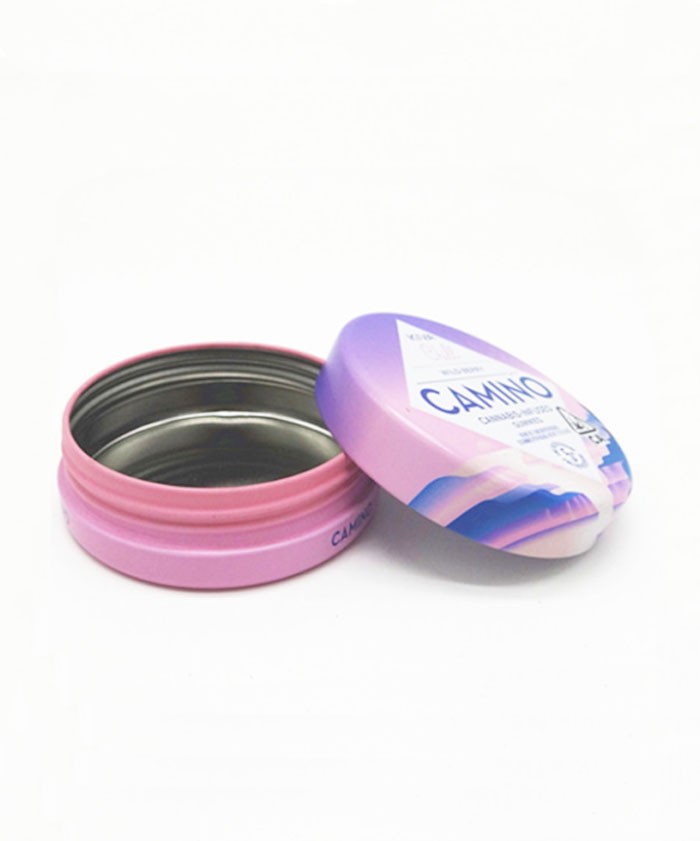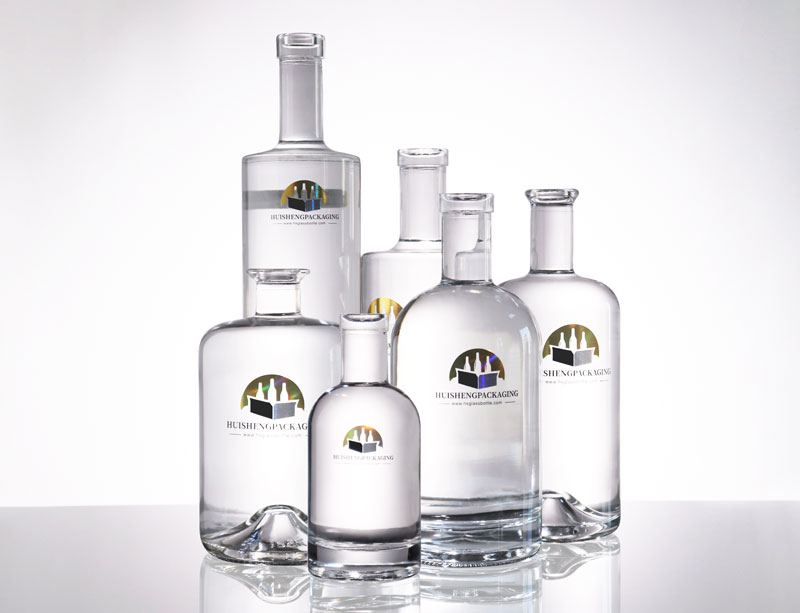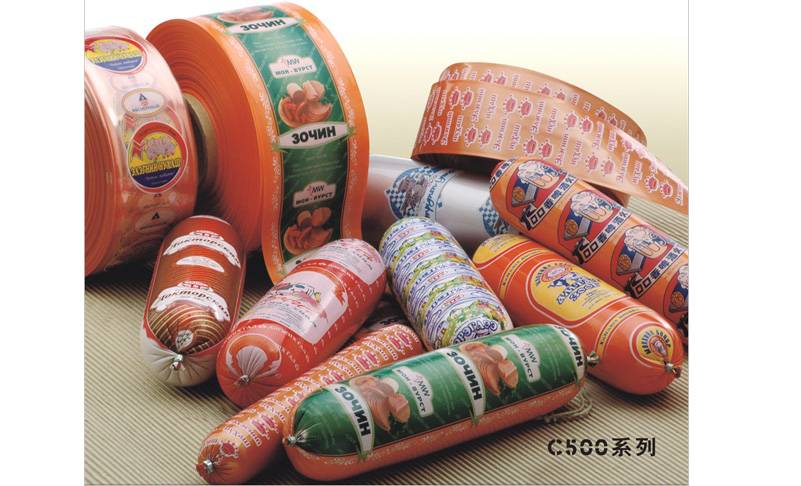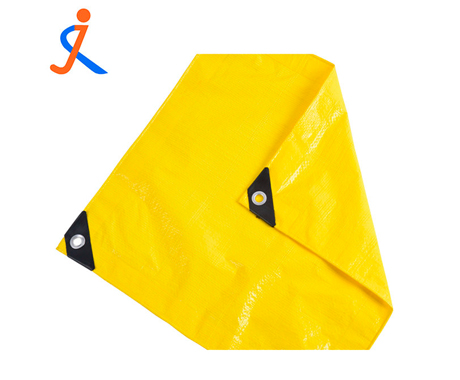What Sausage Casings Are Made of?
Sausage casings are an integral part of the sausage-making process. They provide structure, shape, and a protective barrier to the meat mixture, helping to retain moisture and flavors during cooking. Over the years, various materials have been used as sausage casings, each with its own characteristics and suitability for different types of sausages. In this article, we will explore the different types of sausage casings and the materials from which they are made.
Natural Casings:
Natural casings are derived from animal sources and have been used for centuries in sausage making. They offer a traditional and authentic look, texture, and flavor to sausages. The most common types of natural casings are:
Hog Casings: Made from the small intestines of pigs, hog casings are versatile and widely used for a variety of sausages, including breakfast sausages, bratwursts, and Italian sausages. They are known for their tender yet robust texture.
Sheep Casings: Sheep casings, obtained from the small intestines of sheep, are thinner and more delicate compared to hog casings. They are commonly used for small sausages, such as breakfast links, cocktail sausages, and merguez.
Beef Casings: Beef casings are derived from the large intestines of cattle. They have a larger diameter and are often used for larger sausages, such as bologna and liver sausages. Beef casings are also popular for making hot dogs and frankfurters.
Other Animal Casings: Casings from other animals, such as goats and deer, are less common but may be used for specific regional sausages.
Natural casings provide excellent breathability, allowing smoke and flavors to permeate the sausages. They also have a natural curve and are ideal for making sausages with a curved shape.
C500 Sausage Packaging 5 Layers Nylon Casings
Collagen Casings:
Collagen casings are synthetic casings made from collagen, a protein derived from animal connective tissues, typically from beef or pork. They are a popular alternative to natural casings due to their uniformity, ease of use, and availability in various sizes. Some key characteristics of collagen casings include:
Versatility: Collagen casings can be used for a wide range of sausages, from fresh sausages to smoked sausages and cooked sausages. They are suitable for both small-diameter sausages like breakfast links and larger-diameter sausages like salami.
Related links:
What does IML mean in injection molding?
Mastering Blow Molding: The Art of IML
Discover the Top Reasons Why 250g Margarine Tub OEM is Trending!
Why Large Ice Cream Containers Are Overrated?
Applications of Greaseproof Kraft Wrapping Paper
Advantages of Frozen Food Pouches
Exploring the World of DTF Ink: A Comprehensive Guide
Edible and Non-Edible Options: Collagen casings are available in both edible and non-edible varieties. Edible collagen casings can be consumed along with the sausage, while non-edible casings need to be peeled off before eating.
Uniformity: Collagen casings offer consistent diameter and length, resulting in sausages with a uniform appearance. They are also easier to stuff and twist compared to natural casings.
Shelf Stability: Collagen casings have a longer shelf life and do not require special storage conditions like natural casings. They are less prone to spoilage and are more resistant to breakage.
Synthetic Casings:
Synthetic casings are made from various materials, such as cellulose, plastic, or a combination of both. They are typically used for cooked or smoked sausages that do not require peeling before consumption. Key features of synthetic casings include:
Uniformity and Strength: Synthetic casings offer consistent diameter, length, and strength. They provide good barrier properties and help retain moisture during cooking.
Strength and Durability: Synthetic casings are strong and resistant to breakage. They can withstand the pressure of stuffing and are less prone to tearing or bursting during processing and cooking.
Versatility: Synthetic casings can be used for a wide range of sausages, including cooked, smoked, and dried sausages. They are suitable for various sizes and shapes, allowing for flexibility in sausage production.
Ease of Use: Synthetic casings are generally easier to handle and stuff compared to natural casings. They have a smooth surface that facilitates the filling process, making them a popular choice in commercial sausage manufacturing.
Cost-Effectiveness: Synthetic casings are generally more cost-effective than natural casings. They are often cheaper, easier to source, and require less labor for preparation and handling.
The Pros and Cons of Dye Ink
Can black glass jars with lids be recycled?
Are Glass Bottles Healthier Than Plastic?
Is it Better to Use Glass or Plastic Bottles?
Benefits of Microwave Greaseproof Kraft Paper Bags
How is metallized paper produced?
Pet Foods Packaging: Ensuring Quality and Convenience for Your Furry Friends












